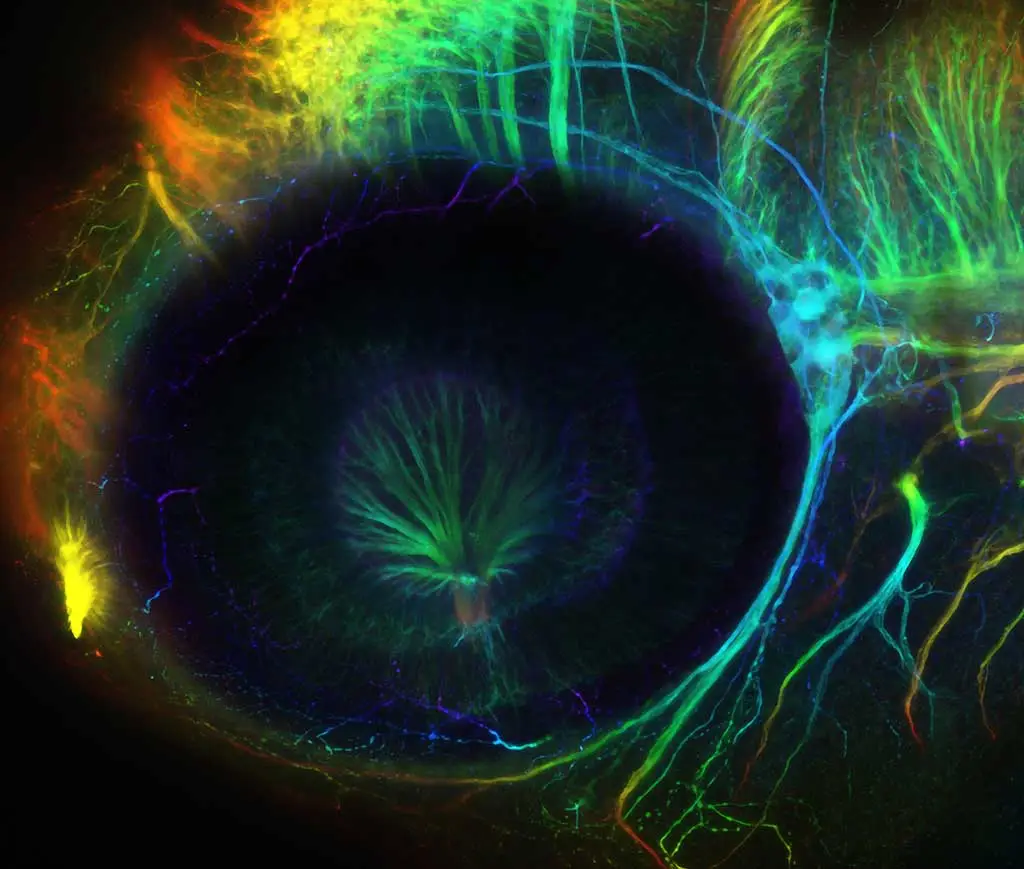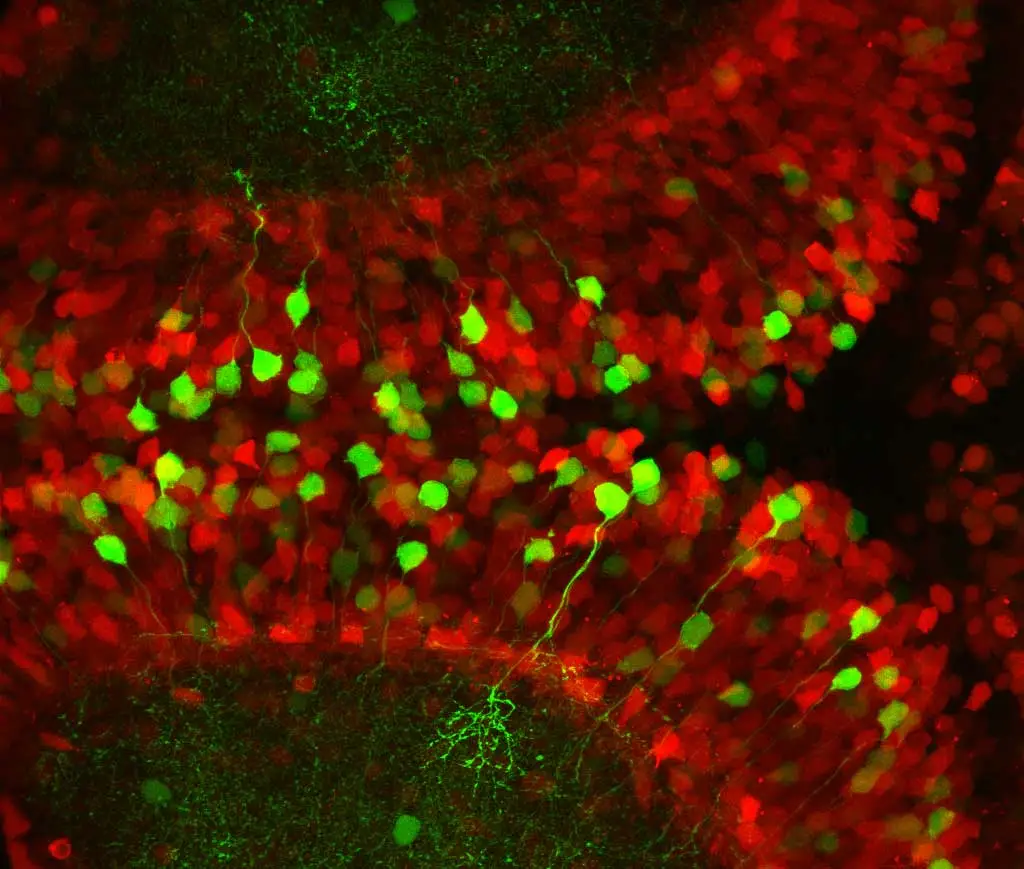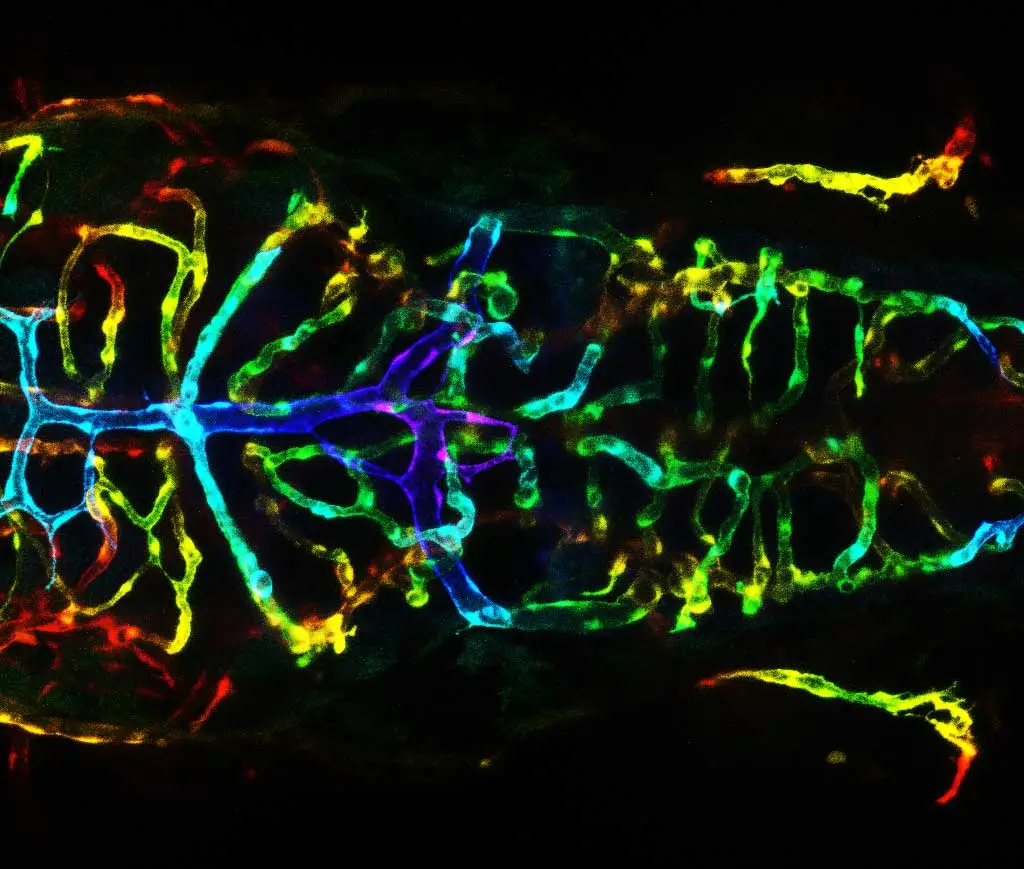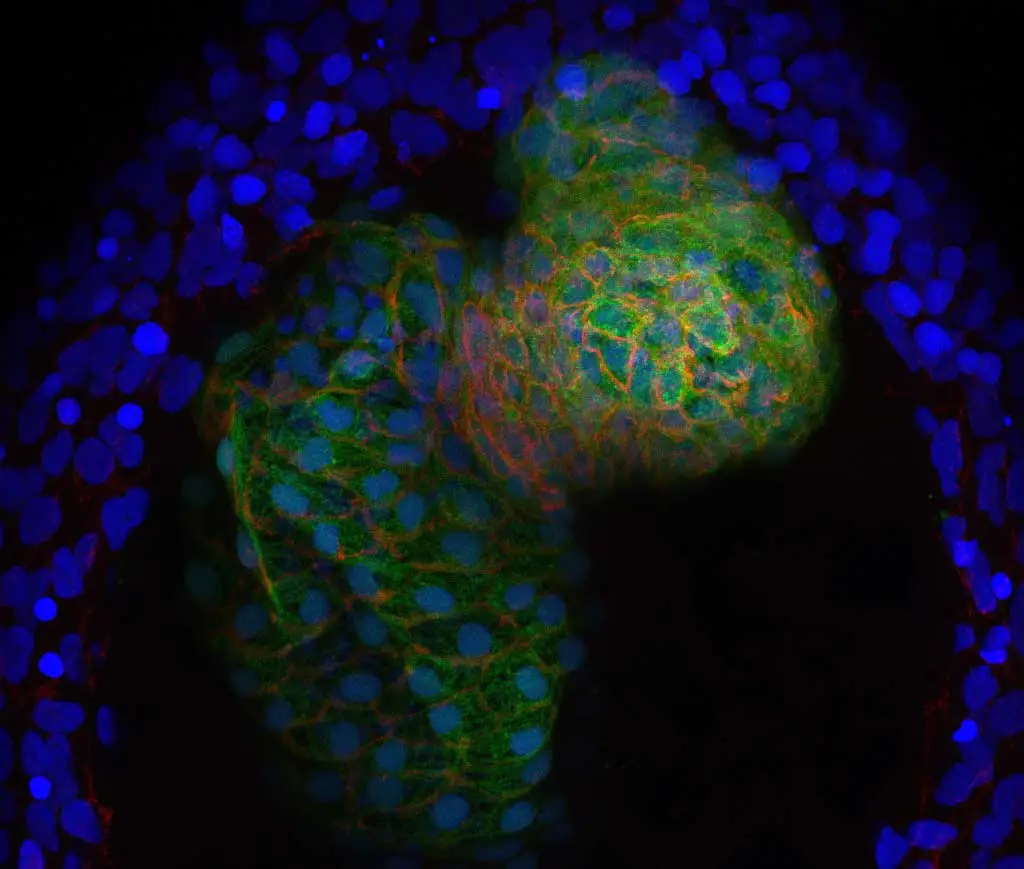


Nathan Martin started working toward his PhD in Pathobiology at Brown University in Providence, RI, USA in 2016. His interest lies in developmental neurotoxicology, using a variety of techniques to study the effects of persistent and emerging toxins on hundreds of zebrafish each week, often using live imaging to visualize their early development in vivo. Although Nathan describes that he “fell into” his choice of developmental neurotoxicology, he also realizes that it is an amalgamation of all his previous experiences of developmental genetics, insect studies, immunology, and environmental toxicology, and that the background that each has leads to a unique method for problem-solving.
“A good mentor teaches patience. My advisor taught me that not knowing was okay, because part of their role is to teach you, offer tools, and lead you to the resources you need. Conventional education … tells you it is NOT okay to NOT know the answer … If you get something wrong … you lose credit. But when you get to grad school … saying ‘I don’t really know the answer’, it’s okay, because the next step in the process is working out approaches to get one.”


The transparency of zebrafish larvae and embryos makes them a fascinating species to observe the rapid development of a variety of organ systems. With live imaging, good contrast, and a transgenic line that can express fluorescent proteins, Nathan and his colleagues can watch the phenotypic effects of exposure to environmental toxicants as the heart develops and begins to beat, as the cardiovascular system develops and red blood cells begin to flow through the system, and as the nervous system develops, they can monitor neuronal subsets and see how they distribute through the early brain. The fecundity, rapid growth cycle, and developmental characteristics make zebrafish well-suited for developmental neurotoxicity screening studies.
“Between fertilization and 5 days, you can watch their heart develop—and it starts to beat. Their cardiovascular system starts to develop—and you can see red blood cells flowing through the system…and the nervous system develops and establishes itself, too. We can monitor different neuronal subsets or brain support cells … how they’re developing and distributing through the early brain…we can dose with a chemical at a high enough concentration to see if a gross change in their phenotype occurs, and then dial it back to understand more subtle and mechanistic effects.”


The lab where Nathan works has their own confocal microscope, meaning that he can skip using core facilities for that portion of his work. This is an advantage, as is the “behavioral system” unit designed to work with multiwell plates, which includes light control units to assess photomotor response, a tapping mechanism to assess startle response, an internal camera to capture images, and software capable of tracking movement (speed, distance, and direction). His grad school experience has not been challenge-free, but by learning to overcome the adversities, keeping the frustration of slow or negative progress in check, and working with his advisors and collaborators to help find solutions are all part of what he considers necessary to the educational process. For example, on one persnickety project, it took over a year of troubleshooting and developing collaborations to finally get everything working, ultimately turning it from merely a learning experience into a win-win scenario, bolstered by additional collaborative opportunities.
“I’m the kind of person that doesn’t like to take work home with me. However, my personality outside the lab that makes me more interested in science is the part that is genuinely inquisitive about the world around me … I want to learn why it is the way it is … I like to look it up and read about it.”
While Nathan’s original plan projected a late 2021 completion date, there have been repercussions to the coronavirus pandemic. To manage this, he has kept an open dialog with his advisor and accepted that adding several months to his timeline will push his end date into 2022, giving him a little more time to choose the next step in his career. He is keeping his options open about how to spend his post-graduate years—either in academia or industry. He regularly attends seminars that feature people who left academia for industry to ensure that he has exposure to many different professionals inside and outside of university to learn as much as he can about their experiences to see what fits him best. Regardless of the path, his inquisitive nature will help him choose well.





Stay in the Loop. Join Our Online Community
Products
Ordering
About Us
Application
Resources

©Vector Laboratories, Inc. 2025 All Rights Reserved.
To provide the best experiences, we use technologies like cookies to store and/or access device information. Consenting to these technologies will allow us to process data such as browsing behavior or unique IDs on this site. Not consenting or withdrawing consent, may adversely affect certain features and functions. Privacy Statement